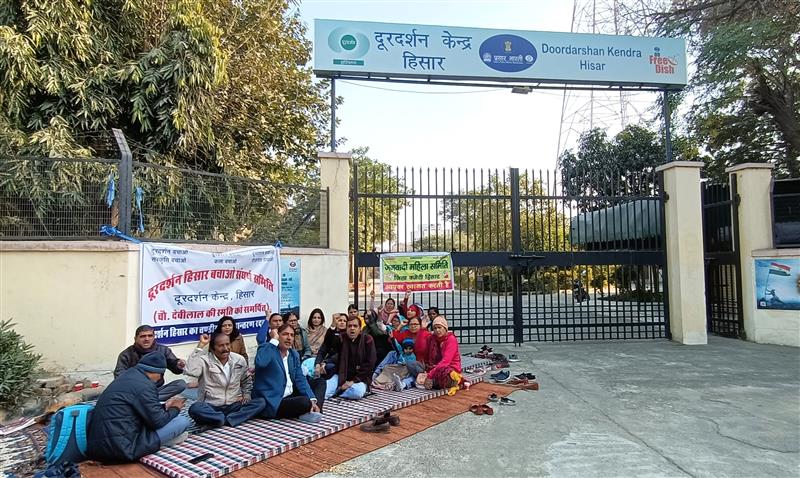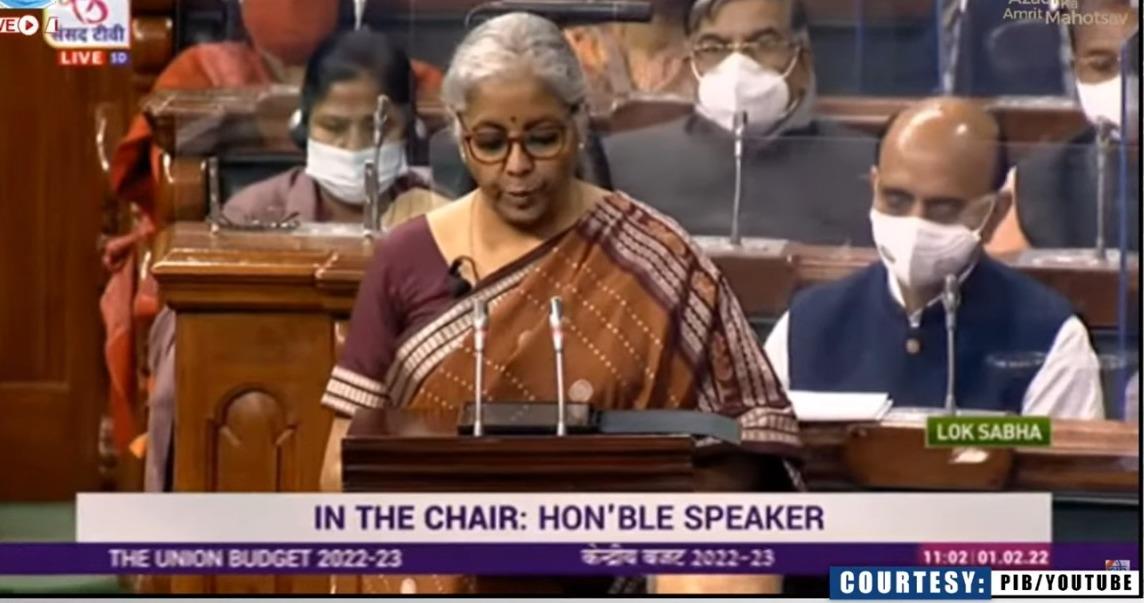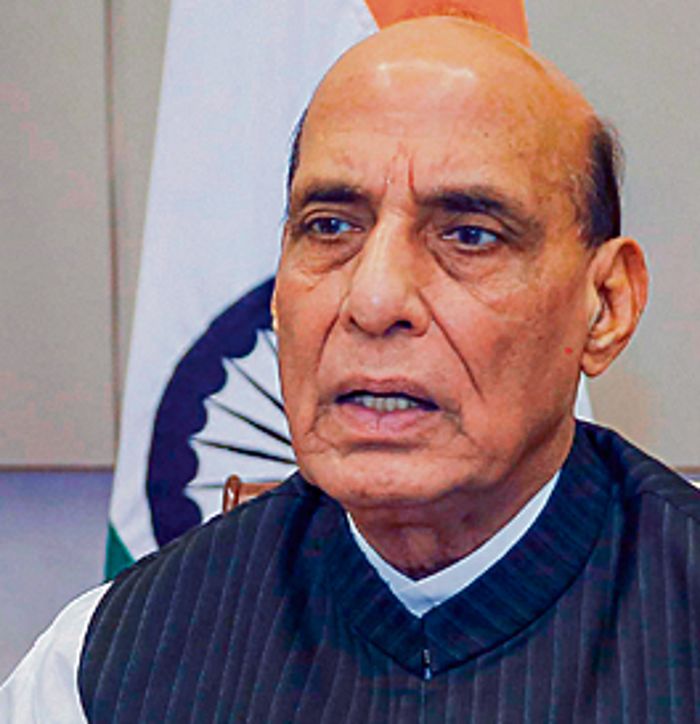
While India is perennially on an election treadmill, with 10 state elections and a national election coming up in the next 18 months it is perhaps an apposite time to discuss the issue of freebies, i.e. the squandering of the public purse for electoral gains. Even the Supreme Court is seized of a petition in this regard that has been referred to a three-judge bench.
The fundamental questions are — Should political parties be permitted to make promises of free sops in lieu of votes? Are these sops not mere inducements or can they be qualified as well-intentioned public welfare commitments? Is it constitutionally even permissible to burden the public purse in a manner that ends up debilitating the public exchequer? Does such economic distortion not create a heavy burden on future generations who would directly or indirectly end up servicing the debt incurred by the financing of freebies? What about fiscal conservatism and balanced budgets qua financial profligacy?
Freebies need to be defined clearly and the definition tailored precisely. The diffidence in defining freebies has led to great perplexity regarding what is a permitted welfare measure and what would constitute a ‘revdi’. Permitted welfare measures are invariably properly thought out and the beneficiaries identified. The Mahatma Gandhi National Rural Employment Guarantee Act (MNREGA) fits this definition in a sterling manner. MNREGA is an employment guarantee scheme with clearly identified beneficiaries and a longer term goal of rural employment and development. Moreover, it creates infrastructure and assets in rural areas helping build capacity and capability within rural households.
Freebies, on the other hand, are short-term measures announced as boilerplate policies offering free electricity, free water, large-scale debt waivers, and write-offs of bank loans. These freebies create no production or productivity. When political parties promise the moon and then rely on borrowings to buy the moon, it gives rise to a vicious cycle of debt accumulation and reckless spending.
In an article analyzing state finances published in June 2022, the Reserve Bank of India expressed concern over the growing preference for the distribution of freebies. It noted that state governments’ expenditure on subsidies has grown at 12.9 per cent and 11.2 per cent during 2020-21 and 2021-22, respectively. Further, the RBI estimated that the cost of freebies announced in 2022-23 ranged between zero per cent to 2.7 per cent of the GSDP for the following states, viz., Punjab, Kerala, Andhra Pradesh, Jharkhand, Haryana, Bihar, Rajasthan, Madhya Pradesh and West Bengal.
Even debt stressed states are on a freebie spree. In Punjab, the freebies announced are 45.4 per cent of its total own tax revenue. Yet that does not prove to be a moral or even ethical impediment in announcing freebies. With higher revenue deficits, borrowings are bound to increase and so will the consequent interest. Little surprise then that Punjab spends 21.3 per cent of its revenues on interest payments.
According to RBI data, the fiscal deficit to GSDP ratio of Kerala (4.1), West Bengal (3.5), Punjab (4.6), Rajasthan (5.2), Uttar Pradesh (4.3), Andhra Pradesh (3.2), Tamil Nadu (3.8) and Telangana (3.9) remained above three per cent. Indeed, based on the debt-GSDP ratio in 2020-21, Punjab, Rajasthan, Kerala, West Bengal, Bihar, Andhra Pradesh, Jharkhand, Madhya Pradesh, Uttar Pradesh and Haryana turn out to be the states with the highest debt burden. Moreover, the interest payment to revenue receipts (IP-RR) ratio was more than 10 per cent in all these states excluding Jharkhand and Bihar. In its risk analysis report, the RBI identified the following as “highly stressed states”: Punjab, Kerala, Rajasthan, Bihar and West Bengal.
Further, Kerala (37.1), West Bengal (37.1), Punjab (49.1), Rajasthan (40.5), Bihar (38.7), Jharkhand (34.4), Madhya Pradesh (31.9) and Andhra Pradesh (32.8) have very high public debt to GSDP ratio of above 30 per cent for FY-21, as per the RBI State Finances data for the year 2021-22.
An indicator of whether government spending was done well is the quality of expenditure which is indicated by high revenue spending to capital outlay ratios. Punjab’s revenue expenditure to capital outlay ratio was, again, very high at 16.6 and for Kerala, it stood at 12.1. Capital outlays are longer term growth measures that generate greater and more positive economic impact. On the other hand, short-term welfare measures hardly have an impact beyond a one-year term.
The reversion to the Old Pension Scheme (OPS) is another contentious debt-creating regression critiqued by many eminent economists. Pension expenditure alone accounts for 12.4 per cent (average of 2017-18 to 2021-22) of total revenue expenditure of the 10 most indebted states, as per the RBI.
Power subsidies are a major portion of the financial burden of state governments. Three bailouts of power distribution companies over the last 20 years have had major repercussions for the health of state finances. The RBI warns that Tamil Nadu, Madhya Pradesh, Rajasthan and Punjab are most vulnerable to a possible bailout. It forecasts that most states are likely to exceed the debt-GSDP ratio of 30 per cent in 2026-27 with Punjab performing the worst. Punjab is expected to remain in the worst position as its debt-GSDP ratio is projected to be greater than 45 per cent in 2026-27, with further deterioration in its fiscal position.
The position of the Union government is hardly better. Till September 2022 it had received 12,03,748 crores and spent 18,23,597 crores. Out of which 4,36,682 crores is towards interests payments of debt.
The recent extension given by the Cabinet to the free grain scheme under the National Food Security Act (NSFA) on December 24, 2022, must also be scrutinised similarly, given its impact on the Union’s finances. About 81.35 crore people around the country are covered under the NFSA. The government has said that the cost of distributing free food grains under the NFSA would be around Rs 2 lakh crores. When the UPA government had conceived, conceptualised and implemented the NFSA, it had the choice of distributing free foodgrains, but it deliberately eschewed the option and opted for providing subsidised foodgrains.
A public debate on fiscal prudence has been conspicuously absent in our polity. While the Constitutional Directive Principles of State Policy, Articles 38 and 39 in particular, envisage welfare measures for the betterment of citizens, it was never the intent of these provisions to make elections, and by extension democracy, a transactional exercise where voters get something for free in return for their vote.
One of the issues before the Supreme Court is the extent and scope of Article 282 of the Constitution which allows the Union and state governments to utilise revenues for a “public purpose”. A definite ruling that defines the contours of public purpose may help mitigate if not proscribe this licentiousness.





























































































































